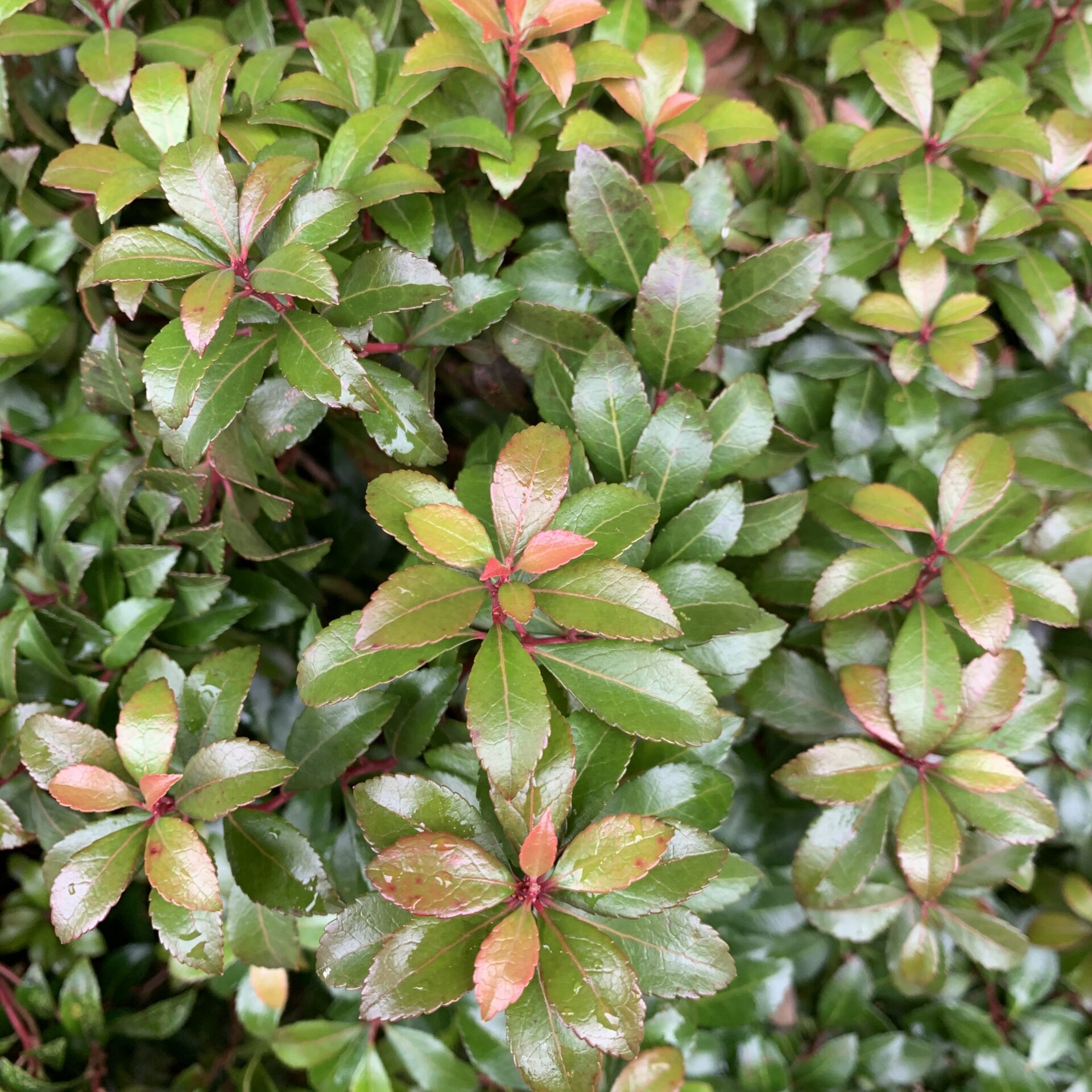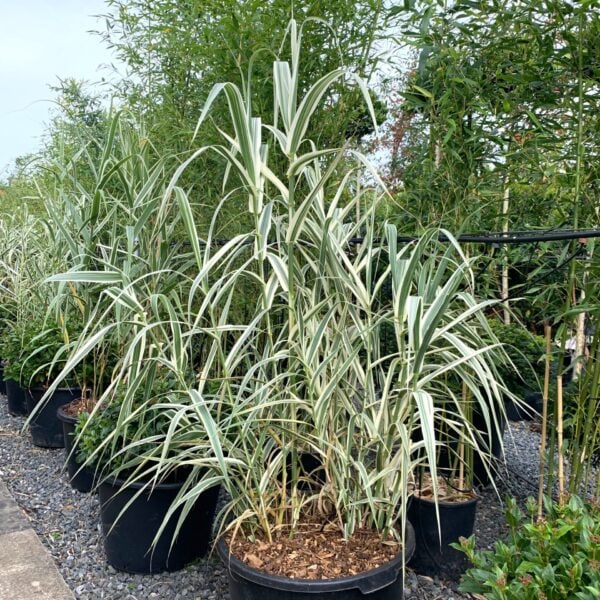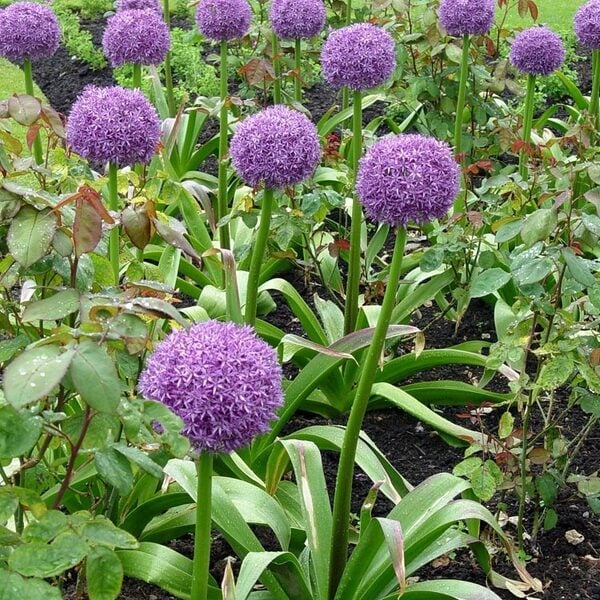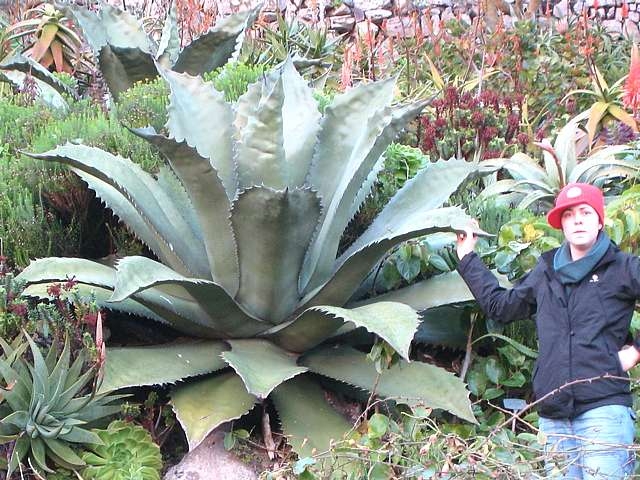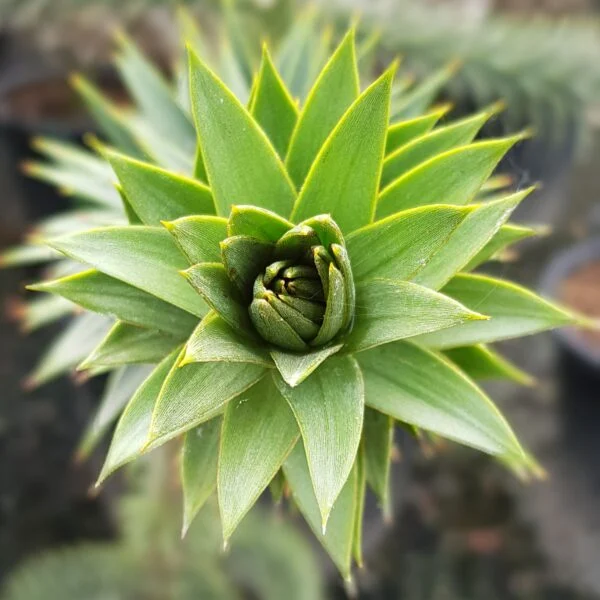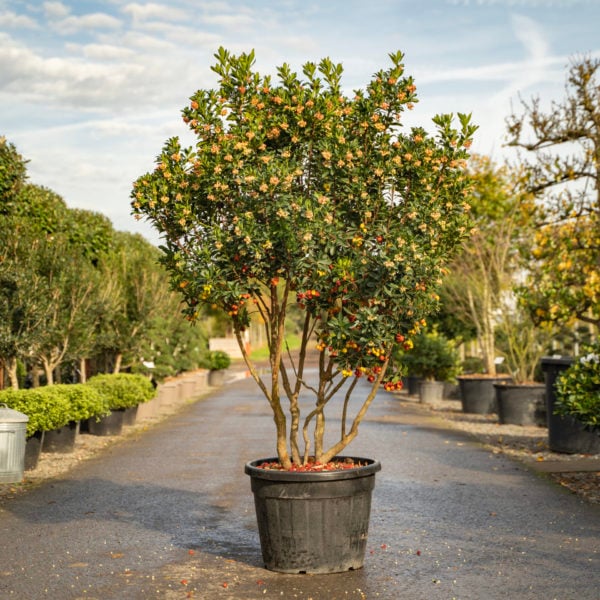Pieris Japonica ‘Little Heath Green’
Compact, dense and delicious little Pieris with Dark green leaves, red new growth in spring and white bell-like lightly fragrances flowers in summer, though it can be shy of flowering. Please contact us for stock availability and sizes.

Hardiness level Green
This Pieris is a compact one. Just as dense and delicious as all the other Piereses (Pieri?) though. Slow growing to 4ft after 10 years or more and making a very dainty little evergreen bobble, small and well-behaved and compact enough to be called a ‘dwarf’ shrub for the span of time you’re likely to have it. Given more time (a great deal of it) they will become an almost-tree, but this does take them a human-sized lifespan.
We’re keen on Piereses here and while we struggle to find a collective noun for the genus maybe we can just tempt you with a description of this one. Diddly little dark green shiny leaves, polished and ever so slightly serrated at the edges and with a crisp fold in the middle. These bounce the light very prettily. In spring, you’ll get a bolt of energetic growth from every growing point that creates a sort of lunar ring-flare with each shoot and leaf the colour of a bullfinch’s chest (pink).
White flowers will follow in summer, though it can be a bit shy about showing off in this regard. If you’re lucky you’ll get a frosting of these lightly fragranced little bell-shaped blooms which tremble nicely above the foliage.
It will require neutral to acid soil with lots of organic content. If you have ferns that are thriving, then Pieris is likely to rub along well in the same conditions so you mustn’t waste the chance to plant some. Both plants also look great together so you should do this anyway, frankly. Light shade is best but they will grow in both full sun and deep shade.
Incidentally, we’ve been experimenting with Niwaki on some of the very old Pieres we managed to get our hands on and the results are most splendid.
These ones are grown by us, from cuttings.
N.B. When clipping several plants with the same tool, have a bucket containing a 5% bleach solution and swish your blades around for 30 seconds between plants to sterilise them. This will help avoid the chance of cross contamination of disease.
As with all woody plants, plant high, exposing as much of the taper at the base of the trunk as possible. Allowing soil to accumulate round the base of a tree can be fatal. Keep very well-watered when first planted.
Additional Information |
|
|---|---|
| Continent of Origin | |
| Soil Type | |
| Light | |
| Hardiness | |
| Flower Colour | |
| Features | |
| Plant Type | |
| Situation | |





